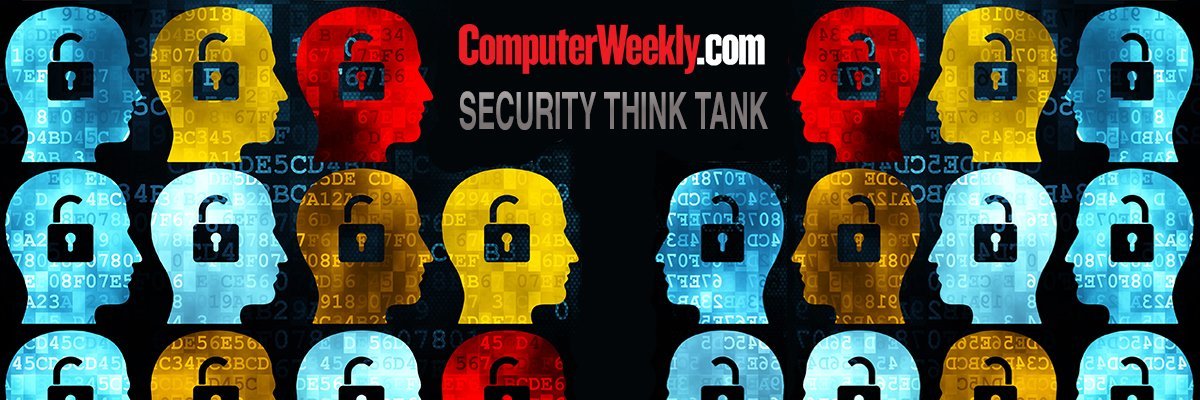For chief information security officers (CISOs) still looking to set some professional goals for the New Year, or to expand on a list they've already compiled, consider strengthening the relationship with your organization's legal function.
You may well have already spent a great deal of time building bridges with company lawyers. After all, it's now a significant aspect of the modern CISO role, according to the 2024 Global CISO Organization and Compensation Survey from executive recruitment firm Heidrick & Struggles, a poll of over 400 CISOs worldwide.
When asked which functions they spend most time working and consulting with, the top two responses offered by respondents involved other IT professionals, with network, cloud and engineering groups in first place, and software development and product development/engineering in second place. In third place was legal, compliance and risk – way ahead of finance, HR or the board of directors.
In 2025, the links between cyber security and legal teams need to be closer than ever, because around the world, the IT security function – and the people who lead it – are increasingly the target of new regulations and sharp government scrutiny.
Legal challenges
Regulatory changes and uncertainty place huge stress on cyber professionals. Even where rules are clear, the volume is increasing and the burden of compliance growing heavier. Any company operating on an international basis faces a wide range of country-specific regulations that may well contradict each other, or at least include requirements that don't clearly align.
In the EU, companies face the EU AI Act, NIS2 and the Digital Operational Resilience Act (DORA). The incoming administration in the United States could propose significant changes to current regulations, too. And every organization already faces strict PII mandates when it comes to how the personal information of customers, suppliers and partners is stored and managed.
All this makes it a real struggle for IT security teams to figure out how to best implement regulations in their organization. Their colleagues in the legal department will be their best allies in helping them to navigate this minefield.
Lawyers can help a CISO and their team to develop a stronger and deeper understanding of how and where rules apply to their specific organization and where they do not, for example. The scope of coverage of a regulation can be a pretty subtle matter and legal expertise is often needed to analyze it effectively and accurately.
Another significant task – and another area of potential conflict between different regulations – is identifying communication and reporting requirements, and figuring out the different schedules and types of information that need reporting. Here, the IT security and legal functions need to work on effective procedures and ensure they are communicated clearly to the appropriate personnel.
mutual benefits
But this is not a one-way street. The legal function may have an important role to play as an advisor to cyber security, but the CISO isn't just a passive consumer of the information offered. While regulations typically have good intent, sometimes the wording or proposed implementation is not as effective as it should be. The CISO must be able to spot the gaps and contradictions and consult with legal teams on how best to tackle them.
Working together, cyber security and legal teams can also define and implement best practices; for example, they might adopt the 'three lines of defence' model, most commonly seen in the financial services sector.
In this model, Level One defense is provided by the frontline employees performing the day-to-day work. Level Two is provided by managers responsible for those teams, monitoring their work to ensure it meets predefined standards. Finally, Level Three defense is provided by internal and external auditors – those responsible for 'watching the watchers'. By marshalling resources into these three lines of defense, organizations from any industry sector can achieve new levels of visibility and accountability.
Another area in which the CISO can be a big help to their legal counterpart is in technological understanding. It's no secret that technology evolves much faster than the time it takes to write regulations and get them agreed and implemented. As a result, it's not uncommon to see regulations put in place that simply don't know how to deal with new technologies. That was certainly true with cloud technology, and it's increasingly the case with artificial intelligence (AI) approaches. There is much here that a CISO can offer in terms of advice to their organization's chief legal counsel.
This can be an enormously valuable relationship. The CISO and the chief legal counsel, after all, have much in common. Both perform a crucial and complex function, the goal of which is to protect their organizations from threats. Both are deeply concerned with building resilience through policies, procedures and employee education. And both need to plan ahead when it comes to mitigating new risks to their organization. Above all, both are crucial to good corporate governance and smooth-running operations.
In 2025, my advice to CISOs is to continue building on these firm foundations.


